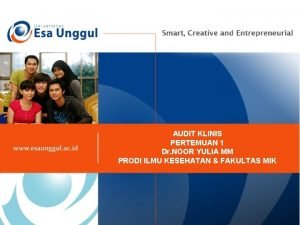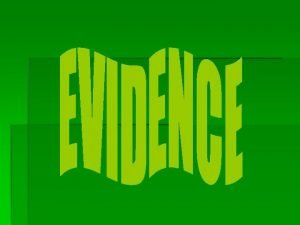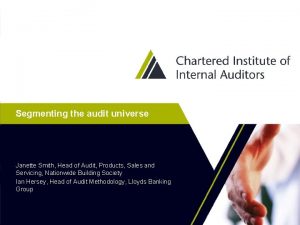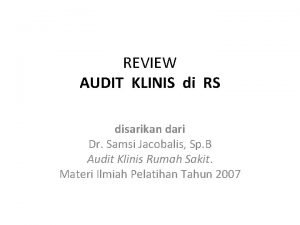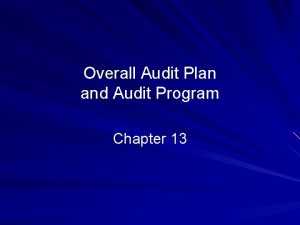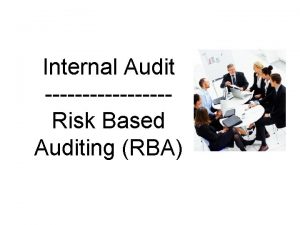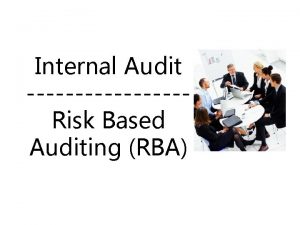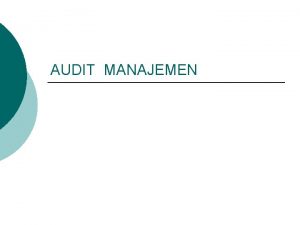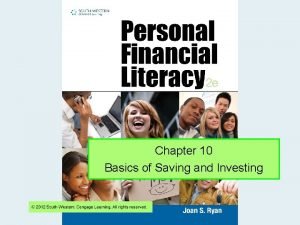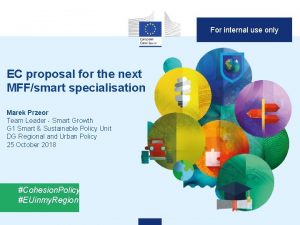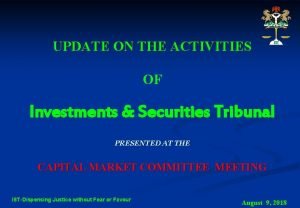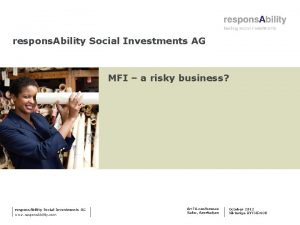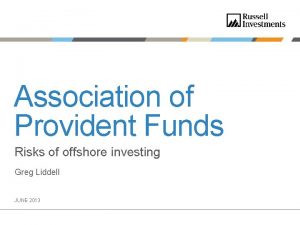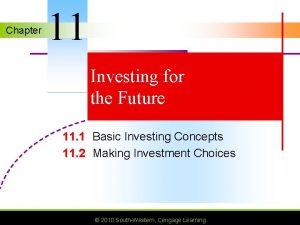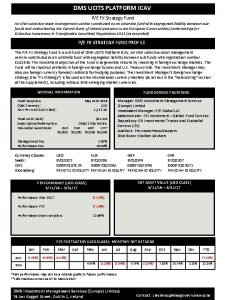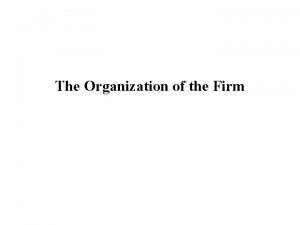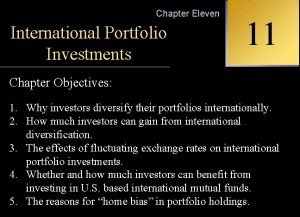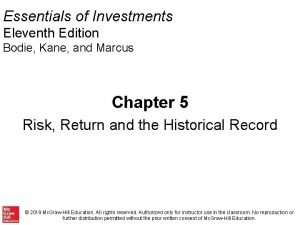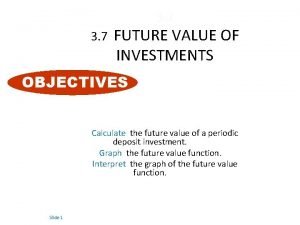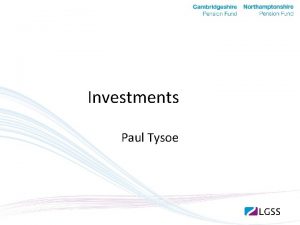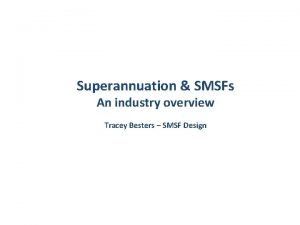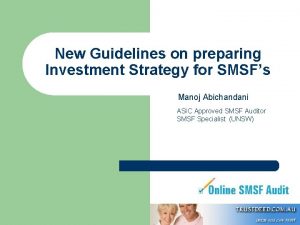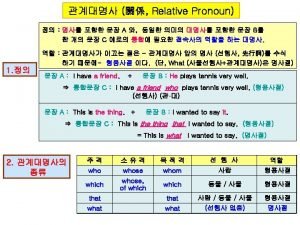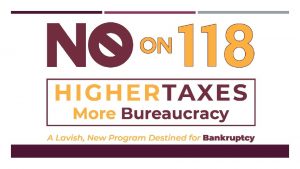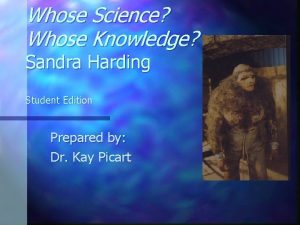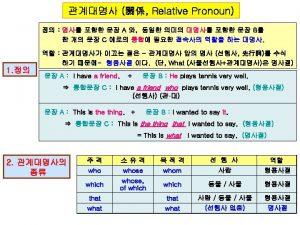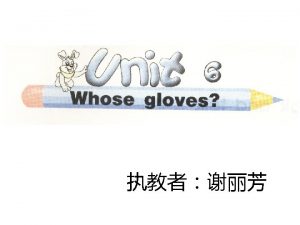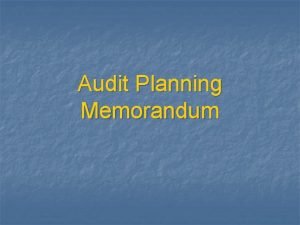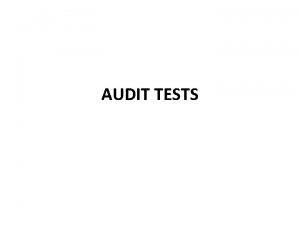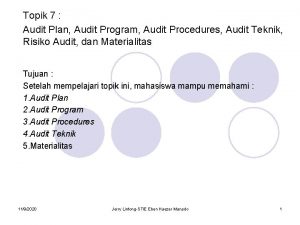How to Audit SMSFs whose Investments are affected


























- Slides: 26

How to Audit SMSF’s whose Investments are affected due to COVID - 19 Manoj Abichandani ASIC Approved SMSF Auditor SMSF Specialist (UNSW) Registered Tax Agent

Disclaimer of Legal & Financial Advice – Educational Purpose Only Statement This paper represents the opinion of the author (s) and not necessarily those of Deed Dot Com Dot Au Pty Ltd. The contents are for general information only. They are not intended as professional advice - for that you should consult a Accountant or other suitably qualified professional. Deed Dot Com dot Au Pty Ltd expressly disclaims all liability for any loss or damage arising from reliance upon any information in this presentation. Disclaimer The information contained in this presentation is based on the understanding of the author has of the relevant Australian laws as at 17 th Aprils 2020. As these laws are subject to change you should refer to ATO’s website or talk to a professional adviser for the most up-to-date information. The information is for adviser use only and is not a substitute for investors seeking advice. While all care has been taken in the preparation of this document (using sources believed to be reliable and accurate), no person, including Deed Dot Com Dot Au Pty Ltd, accepts responsibility for any loss suffered by any person arising from reliance on this information. This update is not financial product advice and does not take into account any individual’s objectives, financial situation or needs. Any examples are for illustrative purposes only and actual risks and benefits will vary depending on each investor’s individual circumstances. You should form your own opinion and take your own legal, taxation and financial advice on the application of the information to your business and your clients.

AGENDA Areas where SMSF Auditor needs to pay attention due to COVID – 19 Part A of Audit Report 1. Opening Balance of SMSF 2. Subsequent Events – ASA 560 – Trustee Rep Letter – Engagement Letter 3. Going Concern – ASA 570 – Solvency of the Fund – Drop in Market Value of Assets 4. Fund Carrying on a Business – Shares – Property Development Directly or Via a Related Party SMSF RB 2020/1 Part B of Audit Report 5. Investment Strategy 6. Withdrawal of $10 K X 2 – Compassionate Grounds 7. Market Value of Assets

Part A of Audit Report 1. Opening Balance of SMSF

1. Opening Balance of SMSF Ensure that opening balance of Assets and Liabilities is correct in the financial statements? ASA 510 Initial Engagements – Opening Balances requires the auditor to obtain sufficient appropriate audit evidence that the opening balances do not contain material misstatements, the prior period closing balances have been correctly stated and brought forward and that appropriate accounting policies are applied consistently.

1. Opening Balance of SMSF Ensure that the member opening member balances Including Taxable and Tax Free component are correct? Check opening balance of all members, including balance of tax free and taxable components from prior year audited and signed financial statements and not satisfied that they are correct and are correctly brought forward to the financial statements for the year -prior year financial statements did not have the correct breakdown - impact of these opening balances on the current period member balances IF Not : require an adverse opinion or a disclaimer of opinion.

Part A of Audit Report 2. Subsequent Events ASA 560 Trustee Rep Letter Engagement Letter

Subsequent Events ASA 560 Ensure that there no material Subsequent events or transactions after the date of financial report and to the issuance of Audit Report ? There are material events after balance date of 30 th June 20 XX which need disclosure -As a note to the financial statements. -These - material events are due to {*Name them* COVID 19} Which may Increase or decrease in value of the fund's assets -- Date of issuing the audit report.

Subsequent Events ASA 560 Trustee Representative Letter All events or transactions which are non-adjusting event as per Australian Accounting Standards (AASB 110), that occurred since the date of the financial report and us providing you information to conduct your audit, or are pending, which would have a significant adverse effect on the Fund’s financial position at that date, or which are of such significance in relation to the Fund as to require mention in the notes to the financial statements To ensure financial statements are not misleading Auditor is not responsible for any events that occur after signing your audit report.

Subsequent Events ASA 560 Engagement Letter Trustee Responsibility: Ensuring that there were no events which existed at the date of the financial report which -require adjustment to the financial statement and applying appropriate accounting policies -Disclosing as a note all events or transactions which are non-adjusting event as per Australian Accounting Standards (AASB 110). To ensure that financial position of the Fund or its operations are not misleading. - significant adverse effect on the Fund’s financial position at that date, - significance in relation to the Fund as to require mention in the notes to the financial statements

Part A of Audit Report 3. Going Concern – ASA 570 Solvency of the Fund – Drop in Market Value of Assets

3. Going Concern – ASA 570 Ensure that there no matters which cast a significant doubt over the funds ability to continue as a going concern? Following issues a) Trustee representation letter had disclosed known events or conditions b) After discussions with the trustees c) Discussed with the trustees about their court matter and the court judgement; d) Inherently uncertain future outcomes of events or condition; e) Risk involved in significant transactions with related parties; f) Materiality considering the purpose of each significant transaction; f) Market value of assets and liabilities to ensure that they are recorded on the basis that the fund

Solvency of the Fund – Drop in Market Value of Assets Ensure that the fund is a solvent fund? The assets of the fund have deteriorated due to {name the reason why} and in my opinion the liability of the fund, such as liabilities to the ATO and or the bank due to limited recourse borrowing, I am of the opinion that the fund is an insolvent fund. The value of all the assets of the fund are below the sum of all the liabilities. The fund is not a solvent and breach of Section 17 A and Section 42 of SIS Act. Trustees should consider taking steps so that the fund remains a solvent fund.

Part A of Audit Report 4. Fund Carrying on a Business – Shares – Property Development Directly or Via a Related Party SMSF RB 2020/1

Fund Carrying on a Business Property Development Directly Ensure that the fund is not carrying on a business of Property Development? The fund has entered into a property development arrangements without a related party 1) The fund has incorrectly handled GST and application of the margin scheme 2) Non-arm's length income (NALI) provisions apply to the fund a) property development activity is not under the Sole Purpose Test b) The property which is half completed at the balance date is not recorded at market value c) Arrangement includes a loan or financial assistance to a member or a relative, d) The property is acquired from a related party e) The SMSF has borrowed and the borrowing is not as per LRBA rules f) Investments are made and maintained on an arm's length basis 3) SMSF assets are used to fund property development ventures in a manner that they are inappropriate and detrimental to retirement purposes of members.

Fund Carrying on a Business Property Development - Indirectly Ensure that the fund is not carrying on a business of property development indirectly through a related entity via l Partnership l a company l related un-geared unit Trust l unrelated geared unit trust l Joint Venture The arrangement and all activities do not comply with the SIS Act and SISR because

The arrangement and all activities do not comply with the SIS Act and SISR (a) property development activity is not under the Sole Purpose Test (b) Asset is not recorded at market value in the trust or company (c) Arrangement includes a loan or financial assistance to a member or a relative (d) Asset acquired from a related (or unrelated) trust or company (e) Borrowing by the trust is not as per LRBA rules (f) In-house asset rules are breached because the related party has borrowed or loaned to a member (g) Leased the asset to a related party or the unit trust company (h) Holds an interest in another entity including units or shares in another trust or company (i) Investments are not made and maintained on an arm's length basis - the terms and conditions of the transaction are more favourable to the other party (j) The related trust has given a charge over the asset of the trust to a lender which causes an event under SISR 13. 22 D which causes the investment in the unit trust by the SMSF as an in-house asset of the fund

Fund Carrying on a Business Property Development - Indirectly l The fund is involved in property development business via an un-geared related unit trust and unit trust is conducting a business which is not allowed as per SISR 13. 22 C trust. l Income is inappropriately diverted into the fund l SMSF assets are used to fund property development ventures in a manner that they are inappropriate and detrimental to retirement purposes of members l The SMSF is involved in Structures which can lead to inadvertent but serious contraventions of the SIS Act and Regulations. l The SMSF's return from the Joint venture arrangement is excessive when compared to their input into the arrangement, this income from joint venture should be considered as NALI.

Part B of Audit Report 5. Investment Strategy

Given effect to the funds investment strategy The investment strategy compared to the investment is inadequate and the trustees have not given effect to the investment strategy a) No list of all members including who are on Accumulation phase or Retirement phase and how much cash is required to pay current liabilities of the fund; b) Funds are allocated to various asset classes (like equities, cash, property without appropriate weightings c) there are no restrictions on certain type of investments (such as Gold, bitcoin etc) d) no reasoning is provided why borrowing should / should not be used e) there is no consideration given to loans to a related party below the 5% threshold of inhouse asset of the fund f) there is no requirement to insure assets of the fund or members for trauma or life insurance etc g) the investment strategy is not signed by all Trustees h) there are no minutes of the meeting where all Trustees have adopted the use of the investment strategy.

Fund has invested in one asset class or one asset. Ensure that the Investment Strategy complies with SISR 4. 09 where the fund has invested in one asset class or one asset. The investment strategy of the fund provided by the Trustee of the fund as compared to the investment is inadequate. a) Age of each member & wishes (risk profile) of each member b) What assets and asset classes are held by each member outside the fund c) Risk of holding any particular asset class in the current investment climate d) Return Vs Growth of various asset classes in current investment climate e) Funds current cash flow requirements (pension liabilities or LRBA etc). The investment strategy does not support why one particular asset class or asset should be preferred in the current investment climate and why holding one particular asset class or asset is appropriate for the fund.

Part B of Audit Report 6. Withdrawal of $10 K X 2 – Compassionate Grounds

Compassionate Grounds COVID - 19 Ensure that the Trustee have released to the member a maximum of $10, 000 after receiving determination from the ATO for withdrawal under COVID - 19 measures ? Determination by the Commissioner under sub regulation 6. 19 A(2) of SISR that a lump sum payment of $XX, XXX benefits of the SMSF may be released on a compassionate ground to a Member XYZ by Trustee (s). A member’s benefit must not be cashed without meeting a relevant condition of release ( breach of r. 5. 08)

Part B of Audit Report 7. Market Value of Assets

Market Value of Assets Ensure that the assets of the fund in the financial statements at market value? This is to comply with the SISR 8. 02 B and to ensure that member balances are correct at the end of each financial year l Independent valuer has undertaken valuation as required (collectable or personal use assets). l All asset valuations have been done in accordance with the requirements set out in r 8. 02 B of SISR. l How valuation was taken and what method of valuation they used. l Where asset indicates that the valuation is complex, used an qualified independent valuer

Any Questions ? ? Manoj Abichandani ASIC Approved SMSF Auditor SMSF Specialist (UNSW)
 Mikael ferm
Mikael ferm Clinical meeting
Clinical meeting Prosedur audit bottom-up dan audit top-down!
Prosedur audit bottom-up dan audit top-down! What is an audit universe
What is an audit universe Beda audit medis dan audit klinis
Beda audit medis dan audit klinis Vouching audit
Vouching audit Overall audit plan and audit program
Overall audit plan and audit program Penyelesaian audit dan tanggung jawab pasca audit
Penyelesaian audit dan tanggung jawab pasca audit Perbedaan audit konvensional dengan audit berbasis risiko
Perbedaan audit konvensional dengan audit berbasis risiko Perbedaan audit konvensional dengan audit berbasis risiko
Perbedaan audit konvensional dengan audit berbasis risiko Hubungan ekonomisasi efisiensi dan efektivitas
Hubungan ekonomisasi efisiensi dan efektivitas The word audit originated from the latin word
The word audit originated from the latin word Holding a variety of investments to reduce risk
Holding a variety of investments to reduce risk Interregional innovation investments
Interregional innovation investments Investments and securities tribunal
Investments and securities tribunal Ag respons
Ag respons James barber russell investments
James barber russell investments Fundamentals of analyzing real estate investments
Fundamentals of analyzing real estate investments 3-7 future value of investments answers
3-7 future value of investments answers Bus-123 introduction to investments
Bus-123 introduction to investments The spreading of risk among many types of investments.
The spreading of risk among many types of investments. Dms strategie consulting
Dms strategie consulting Equity method vs proportionate consolidation example
Equity method vs proportionate consolidation example Types of specialized investments
Types of specialized investments International portfolio investments
International portfolio investments Essentials of investments 11th edition
Essentials of investments 11th edition 3-7 future value of investments answers
3-7 future value of investments answers

